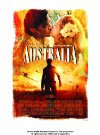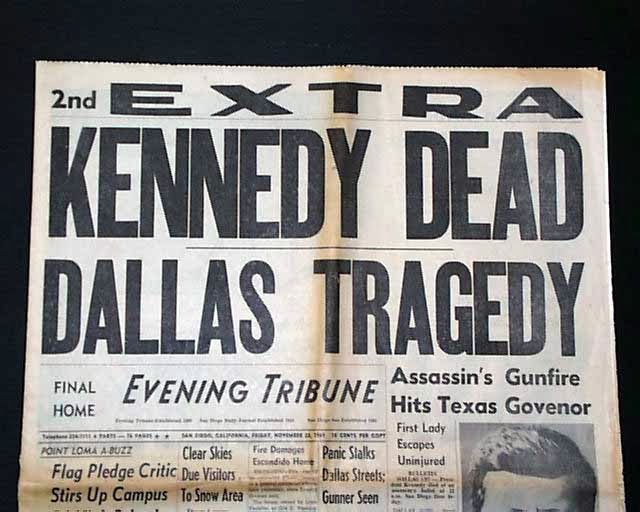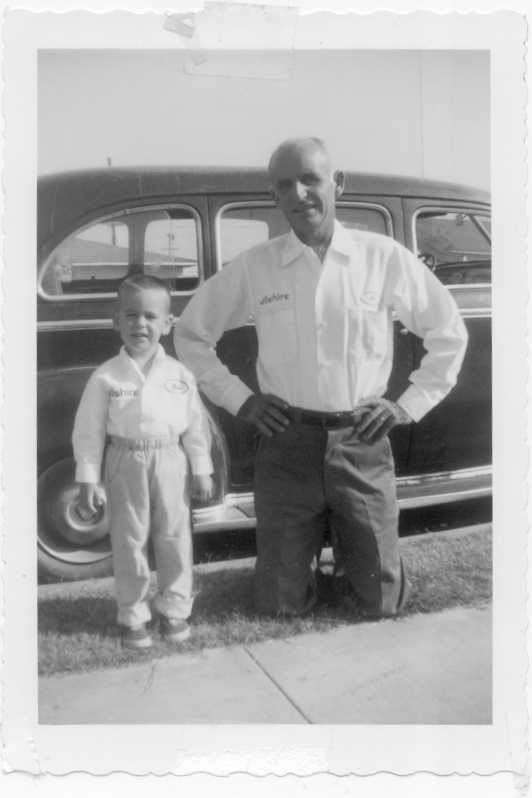On Tuesday, January 20, 2009, I for one will break from work and watch as Barack Obama takes the oath as the 44th president of our United States. I expect it to be a hope-filled day, one that I will share with my husband and children. We as a family and nation will be passing the torch on January 20, 2009. As I write these words it occurs to me that there are very few inaugurations that I clearly remember. Some I was too young to remember (Eisenhower-1953), some I choose to forget (Nixon-1969, 1973; Bush-1989, Bush-2001, 2005), some I cannot forget (Johnson-1963; Ford-1974), and one that will always “light the corners” of my mind (Kennedy -1961).
Last evening I re-read John F. Kennedy’s Inaugural Address from January 20, 1961. Most of us know some of the memorable lines like “the torch has been passed to a new generation of Americans”, but how many of us remember the rest of this passage? I am sure not many, so let me share them with you here:
“Let the word go forth from this time and place, to friend and foe alike, that the torch has been passed to a new generation of Americans-born in this century, tempered by war, disciplined by a hard and bitter peace, proud of our ancient heritage-and unwilling to witness or permit the slow undoing of those human rights to which this Nation has always been committed, and to which we are committed today at home and around the world.”
Videos of Kennedy’s speech are remarkable to view.
President Kennedy’s strong hopeful words are still applicable today, sans “born in this century”, as now we are in the first decade of a new century. On Tuesday I will listen carefully to President Obama and I will hope that somewhere in his speech there will be inspiring words that my children will be able to remember and quote 48 years from now.
Yes, there is a lot of excitement about President-Elect Obama’s inauguration. Newspapers, magazines, radio, network television, cable television, the Internet, YouTube, My Space, Facebook, Twitter are all participating in this magical event, cashing in on “hope.” Yesterday I learned that Microsoft is partnering with CNN to “photosynth” the inauguration and they want your assistance. You can be part of history by submitting your captured photos.
The torch is passing to you, to our new President, to our future. Let’s make the best of it!
P. S. This post is dedicated to my father, Joseph Raymond Eagen. He was born January 17, 1918, eight months after John F. Kennedy(May 29, 1917). Like President Kennedy, my father was born to first generation Irish Catholic Democratic parents and he served as a Naval Officer in WWII. It occurred to me this morning that the very first time I posted for this blog I wrote about my father as being an original social marketer. Daddy, Happy Birthday!









